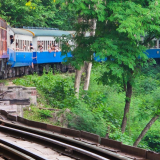Hellfire Pass - Infamous and Heroic Military Site
If you enjoy history, especially learning about World War II, Hellfire Pass is certainly something you shouldn’t miss when coming to Thailand. So what is Hellfire Pass, how to get there and what do travelers need to know before visiting it. Let’s find out below!
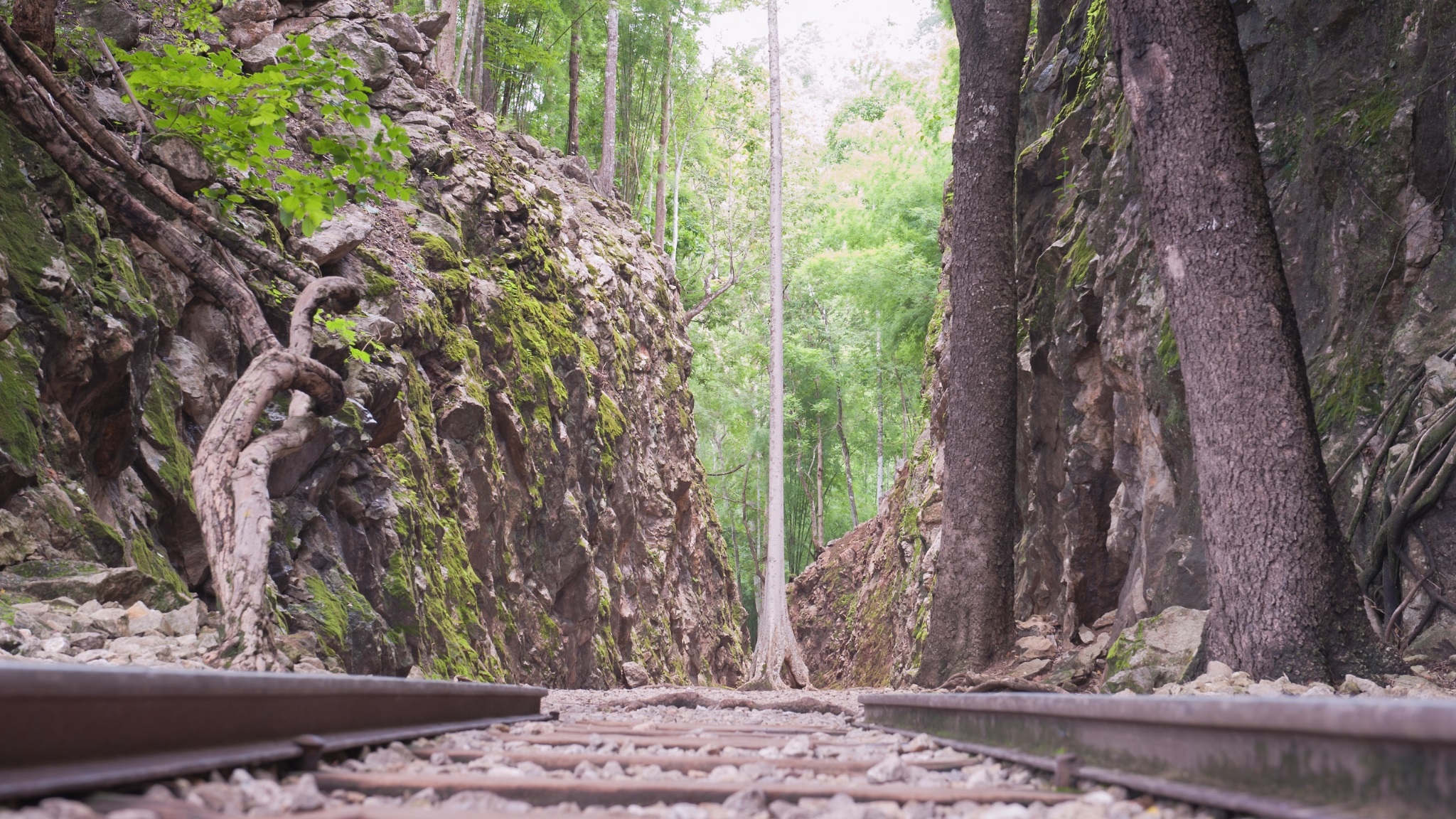
1. What is Hellfire Pass?
Hellfire Pass (also known as Konyu Cutting in Japanese) is a section of the Thai - Burma Railway (the Death Railway), it is a path that was dug mainly with hand tools through solid rocks by thousands of Allied prisoners in World War II.
The Hellfire Pass is the painful symbol of the atrocities committed by people during the darkest times of our history. The Hellfire Pass name comes from the sight of the laborers working during the night, their shadows and the torchlights resembled scenes from hell.
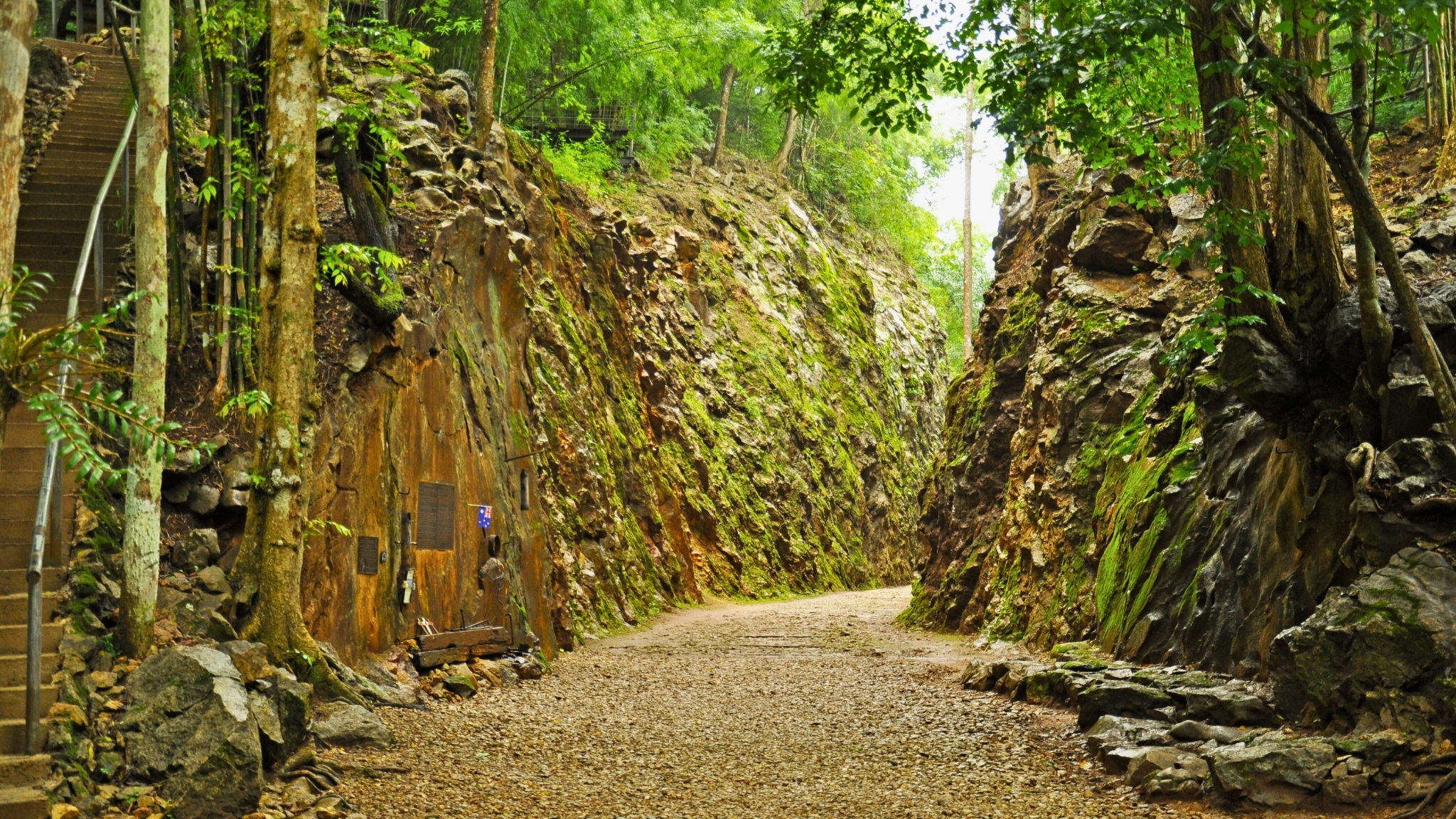
Hellfire Pass
2. Opening Hours & Price Ticket
Hellfire Pass is open from 9:00 - 16:00 every day (excluding Christmas Day) and it is free for everyone. However, if you need an audio guide, you would have to deposit $5.75 and get it back when you return the audio guide. Moreover, you also need to pay a small charge for using the restroom.
- Opening hours: 9:00 - 16:00 every day (excluding Christmas Day).
- Entrance fees: Free
- Audio guide: Free but needs a US $5.75 deposit.
3. What To Do At Hellfire Pass?
There are a lot of experiences to do at Hellfire Pass depending on how much time you could spend there: from the viewing platform to the museum or a hike through Death Railway which may take you from 30 minutes to a day.
Experience Viewing Platform from the Hellfire Pass Interpretive Centre
The Viewing platform is the first experience you should try when visiting Hellfire Pass. Once you get into the building of the Interpretive Centre, just walk straight ahead so you will see a wooden boardwalk.
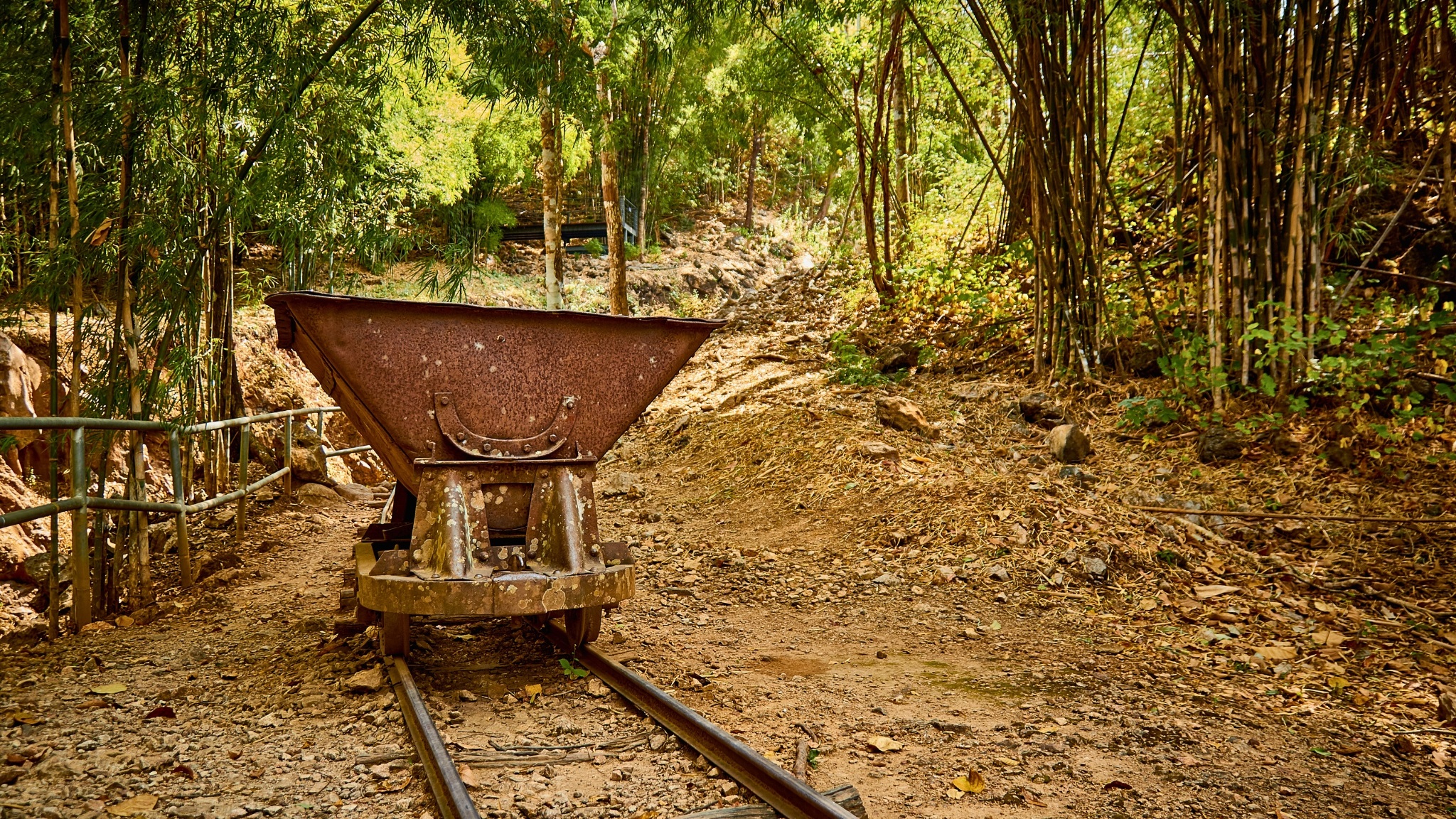
Old Rusty Mining Cart In Hellfire Pass
This is where you can overlook the mountains and valley to the Burma border. It was a beautiful sight yet disheartening as the view provided a perfect representation of the terrain and sheer size of the project.
There are also some binoculars that you can look through.
Visit the Hellfire Pass Museum
The Hellfire Pass Museum is in the main gallery of the Interpretive Centre, which is full of photographs and information about the tragic events that transpired there in World War II. It also has many personal accounts from survivors of the Death Railway and a theater where you can watch survivors talk about their experiences.
If you are interested in learning more about the war and the Hellfire pass, don’t forget to use an audio guide with you to get deep knowledge and great experience there. It would take you from 30 minutes to an hour to discover the Hellfire Pass Museum.
Besides, you could buy some postcards, t-shirts, and cold drinks from a small shop downstairs in the museum.
Walk to the Hellfire Pass Memorial
After visiting the Hellfire Pass museum, you could choose between two walking options from the Hellfire Pass. If you’d like to experience the Hellfire Pass and learn a bit about its history, you should choose the blue walk.
It is a 500 m route that takes you just 20 minutes.
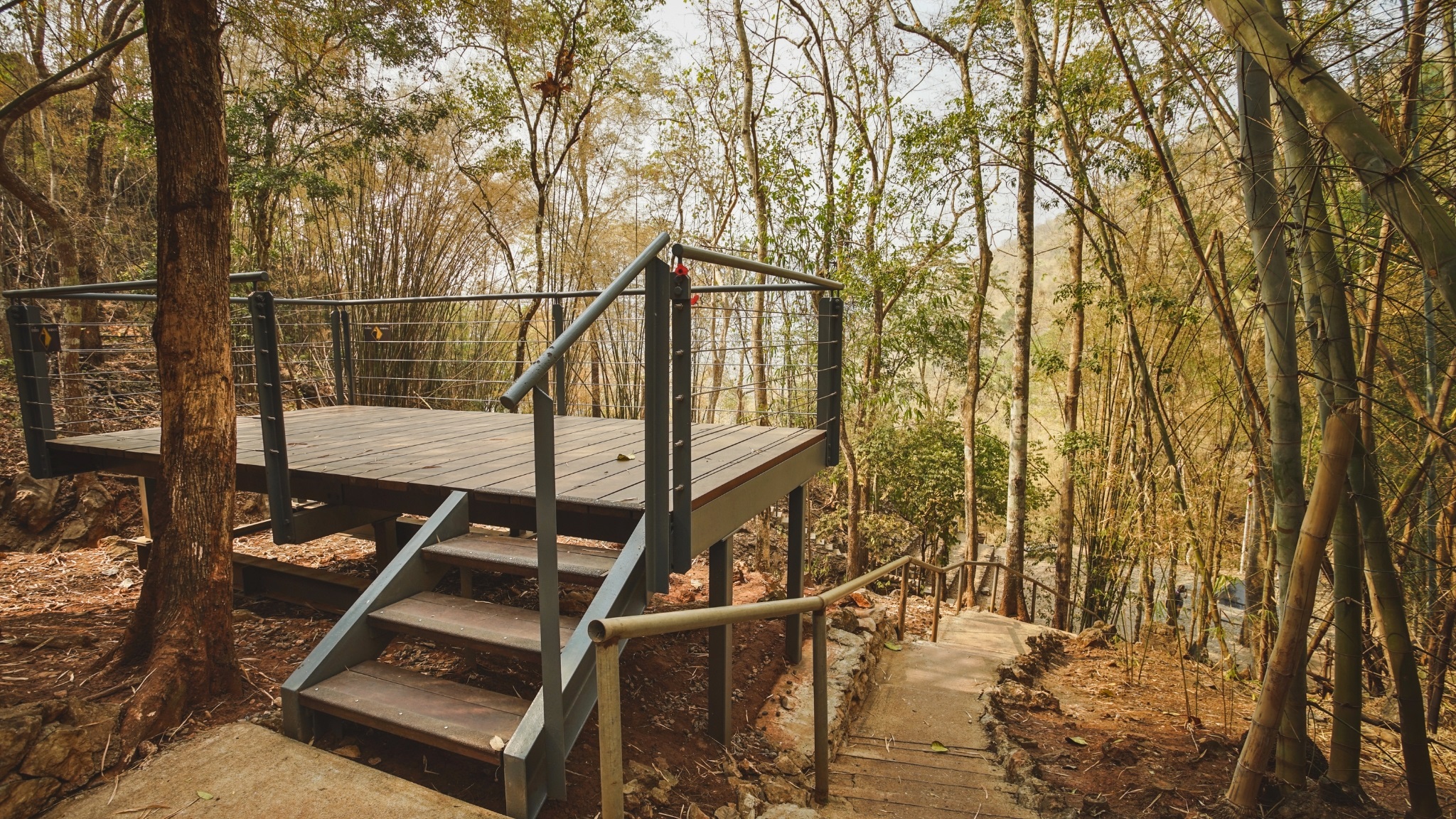
Hell Fire Pass Memorial
Along the walk, you could visit the famous Konyo Cutting (Hellfire Pass) and go straight to the main memorial site where you’ll find a large plaque on the floor and many tall flags blowing in the wind.
Remember to take the audio guide if you would like more information.
Hike through the Death Railway
If you love hiking or learning more about the Death Railway, you must take a hike through the Death Railway. It is a 2,6 km path that you can visit all the places: the Konyo Cutting, the rail bed, the Khwae Noi Valley Lookout, Hammer & Tap Cutting, the 7m Embankment, the Three-tier bridge, and the Hintok Cutting.
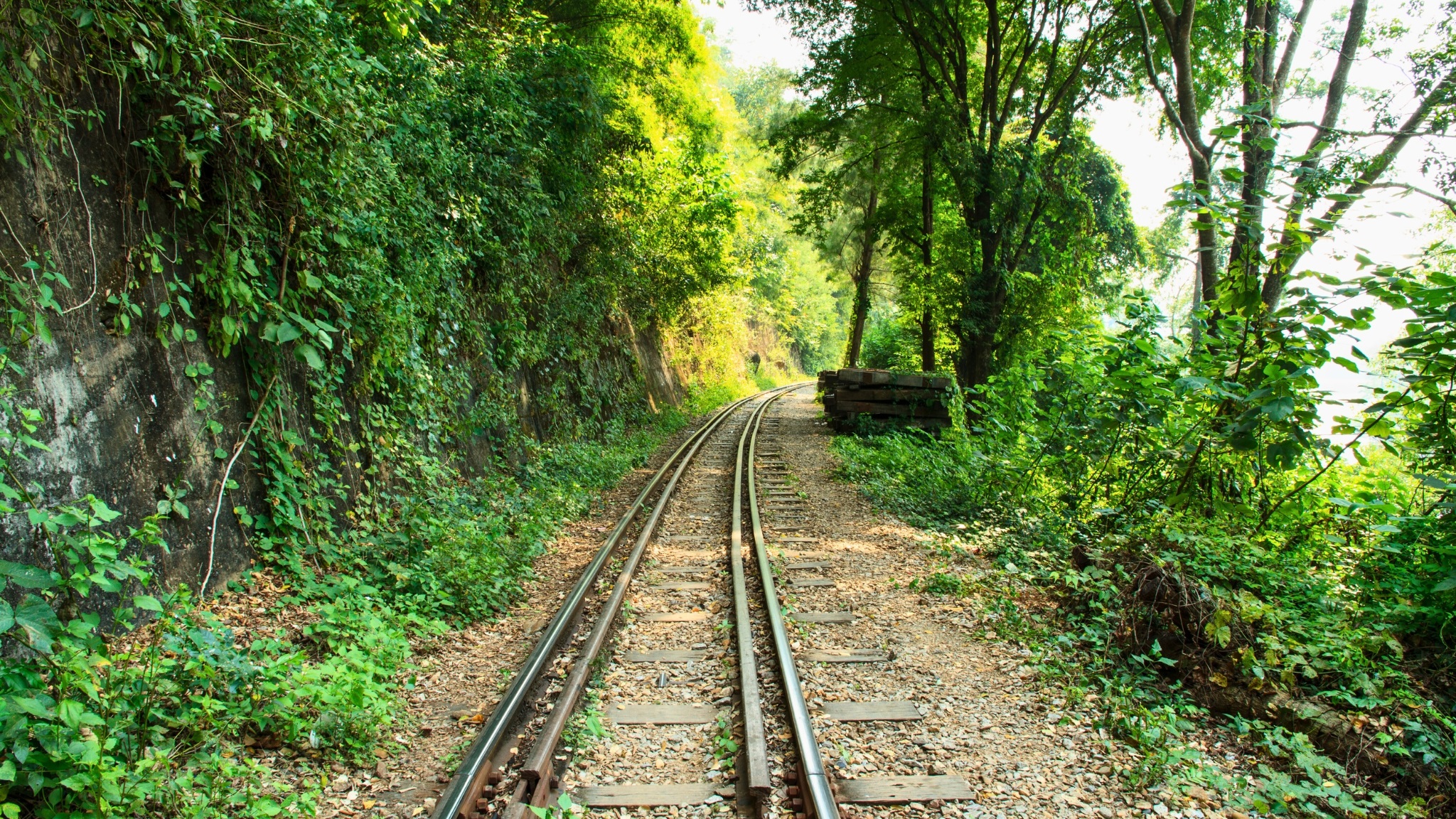
Death Railway
Before choosing this route, remember to tell the staff because they will give you a walkie-talkie to take on the walk with you. They will contact you on the walkie-talkie each hour to check that you are ok.
This path would take you 3 hours of walking in total so it would be suitable for visitors who’d love to spend at least half a day here. Remember to bring sunscreen, hat, water, and little snacks to support you through the hike.
4. How to get to Hellfire Pass?
Hellfire Pass is located approximately 126 kilometers from Bangkok or 80 kilometers northwest of the heart of Kanchanaburi, along Highway 323. You can easily get to Hellfire Pass in several ways: by bus, by scooter, by taxi or by train.
By bus
Bus is the easiest way to get to Hellfire Pass. You would take the 8203 bus from Kanchanaburi Station, which stops in front of Hellfire Pass.
The buses depart regularly, beginning at about 8:00 with the last bus returning from Hellfire Pass around 16:45. The ticket price is around US $1.5 each way and the journey takes about 90 minutes.
By scooter
If you’d like to ride and experience the view on the way, you can rent a scooter and drive to Hellfire Pass.
Just take the main road (323 Sangchuto Rd.) from Kanchanaburi north past Nam Tok – the access road to Hellfire Pass Interpretive Centre branches off into the national park to the left about 80 km from Kanchanaburi. It costs from US $5.74 - 8.6 to rent a scooter for a whole day.
By taxi
If you are in a bigger group of 3 - 7 people, taking a taxi might be a good option. The driver will take you directly to Hellfire Pass, wait for you to visit there, and take you back to Kanchanaburi.
The price would vary from US $28 - $50, depending on how many people you have. You should also negotiate to get a reasonable price.
By train
There is no direct train to Hellfire Pass from Kanchanaburi, however, there is a scenic train to Nam Tok which costs US $2.9 each way.
After getting off at Nam Tok station, you could take the connecting bus ($0.57 one way) or take a taxi to Hellfire Pass ($20 round trip).
Check with your accommodation to get the most up-to-date timetable, but generally the first of three daily trains depart Kanchanaburi at 5:55 and the last train leaves Nam Tok at 15:15.

Train At Nam Tok Station
5. Local Tips for Traveling to Hellfire Pass
- Bring Thai cash if you want to deposit the audio guide or buy stuff at Hellfire Pass, because the place only takes cash or Thai bank transfers.
- Visit Hellfire Pass on November 11th (Remembrance Day) or April 25th (ANZAC Day) to experience special events. These are hosted to commemorate the place such as Dawn Service or Gunfire Breakfast which are open to the public.
- Combine exploring Erawan Waterfalls, which is 76 km and more than one hour from Hellfire Pass. You could combine these two experiences in one day to fully enjoy the nature of Kanchanaburi.
Plan your visit to Hellfire Pass and honor the memory of those who suffered. Book your trip now and embark on a meaningful journey of remembrance.
Trip that visit Hellfire Pass - Infamous and Heroic Military Site
